Membrane Transporter/Ion Channel
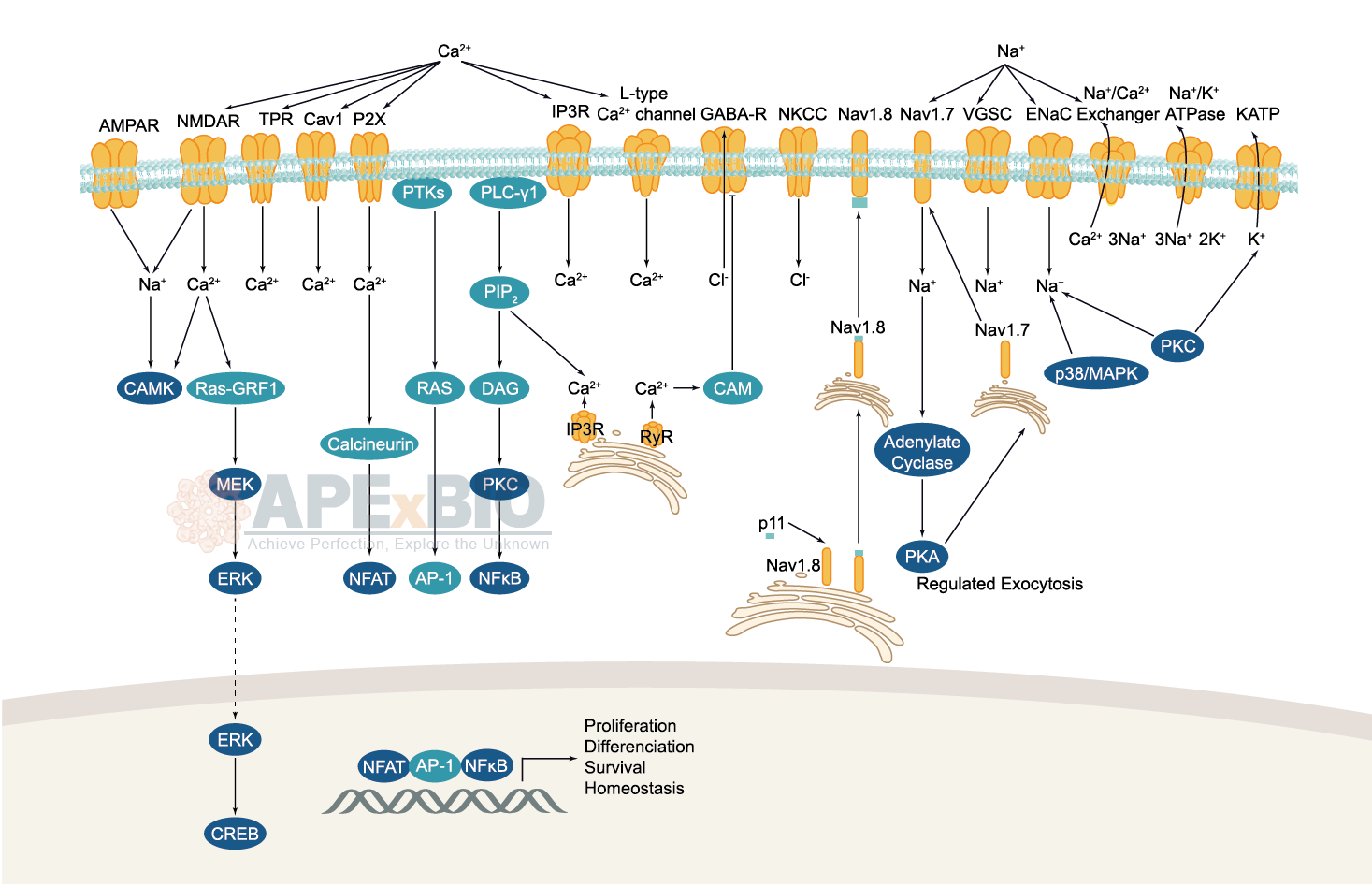
Ion channels are pore-forming membrane proteins which allow the flow of ions across the membrane. The ion channels can be broadly grouped into six families including calcium channels, chloride channels, potassium channels, sodium channels, gap junction proteins and porins. Not all ion channels are gated, such as certain type of K+ and Cl– channels, transient receptor potential superfamily of cation channels, the ryanodine receptors and the IP3 receptors, but most Na+, K+, Ca2+ and some Cl– channels are all gated by voltage. Ligand-gated channels are regulated in response to ligand binding (e.g. neurotransmitters signaling). These ligand-gated neurotransmitter receptors are known as ionotropic receptors. Various neurotransmitters couple to ionotropic receptors such as glutamate, acetylcholine, glycine, GABA, and serotonin.
-
 B6591 IberiotoxinSummary: blocker of the big conductance Ca2+-activated K+ channel
B6591 IberiotoxinSummary: blocker of the big conductance Ca2+-activated K+ channel -
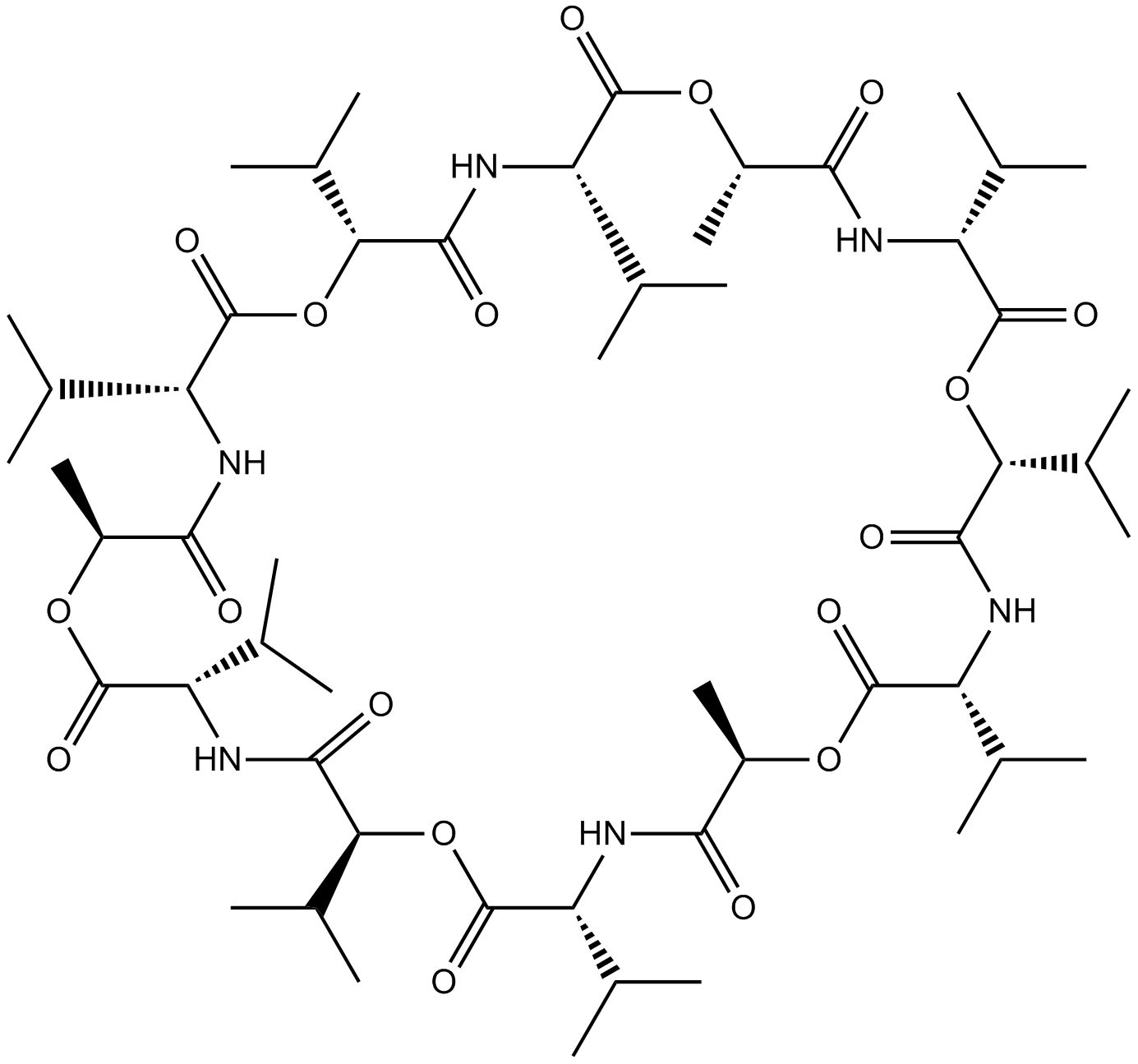 B7388 ValinomycinTarget: IonophoresSummary: potassium-specific transporter
B7388 ValinomycinTarget: IonophoresSummary: potassium-specific transporter -
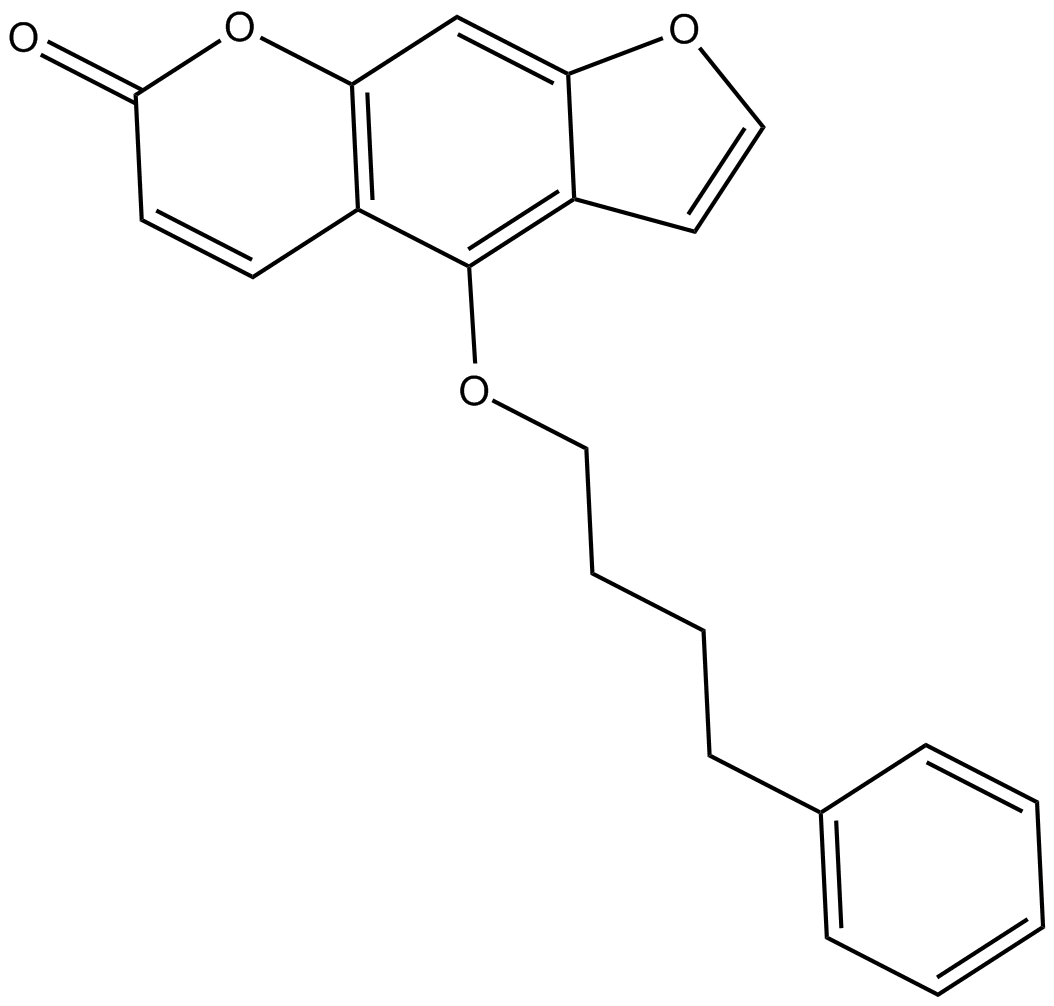 B7659 Psora 41 CitationTarget: Voltage-gated Potassium (KV) ChannelsSummary: Kv1.3 blocker
B7659 Psora 41 CitationTarget: Voltage-gated Potassium (KV) ChannelsSummary: Kv1.3 blocker -
 B2194 TolbutamideTarget: cAMP|Sulfonylurea receptorsSummary: first generation potassium channel blocker
B2194 TolbutamideTarget: cAMP|Sulfonylurea receptorsSummary: first generation potassium channel blocker -
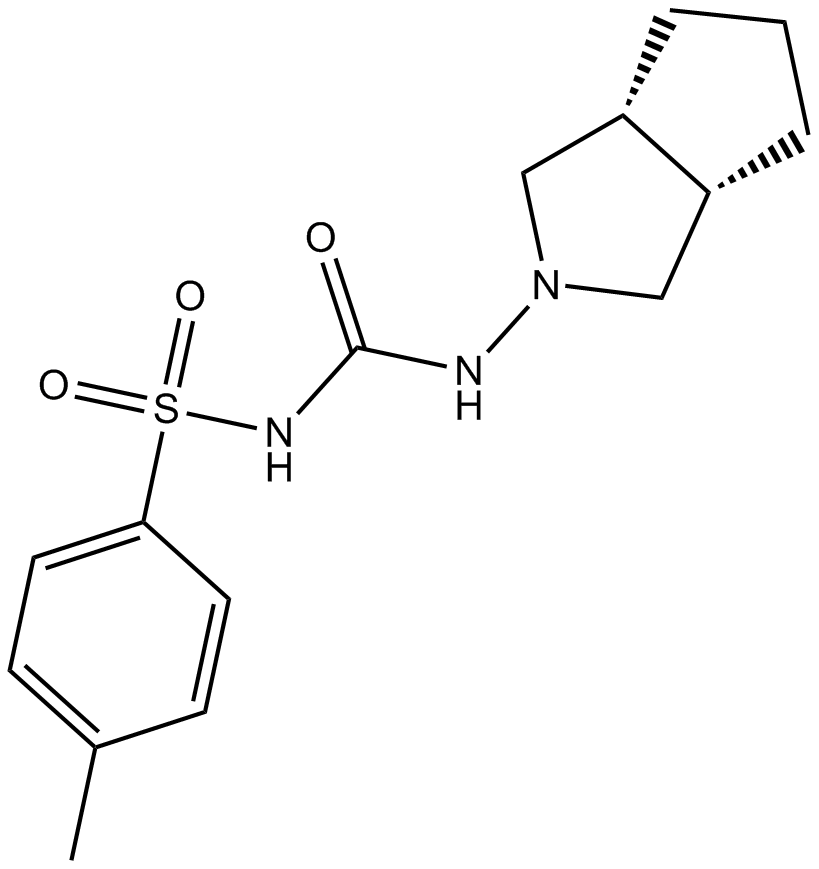 B2195 GliclazideTarget: Inward Rectifier Potassium (Kir) ChannelsSummary: Potassium channel inhibitor
B2195 GliclazideTarget: Inward Rectifier Potassium (Kir) ChannelsSummary: Potassium channel inhibitor -
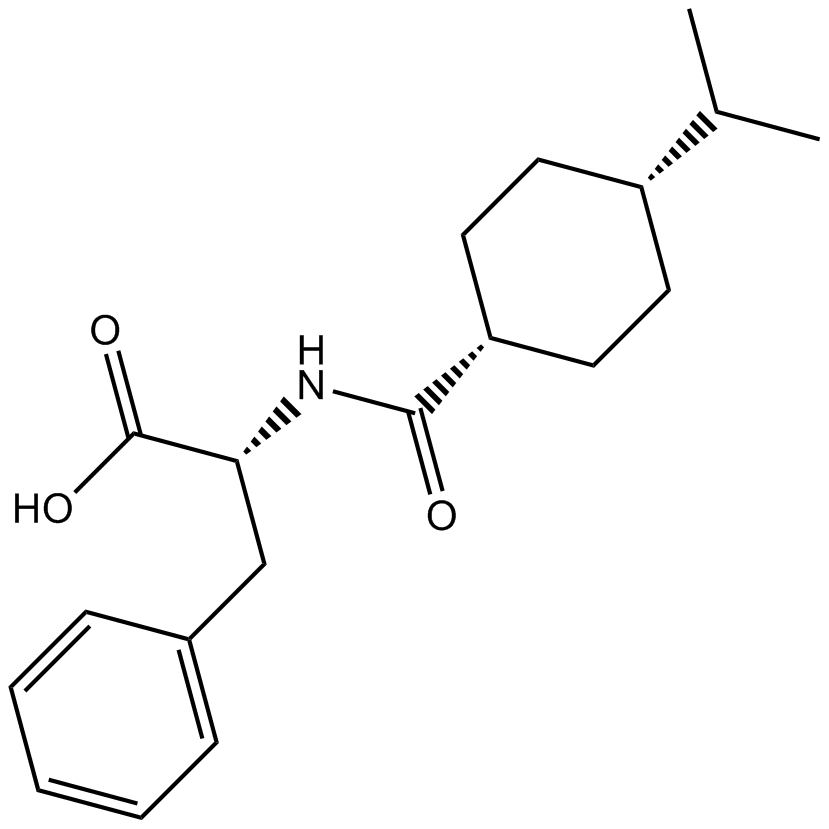 B2198 NateglinideTarget: Inward Rectifier Potassium (Kir) ChannelsSummary: Insulin secretagog agent
B2198 NateglinideTarget: Inward Rectifier Potassium (Kir) ChannelsSummary: Insulin secretagog agent -
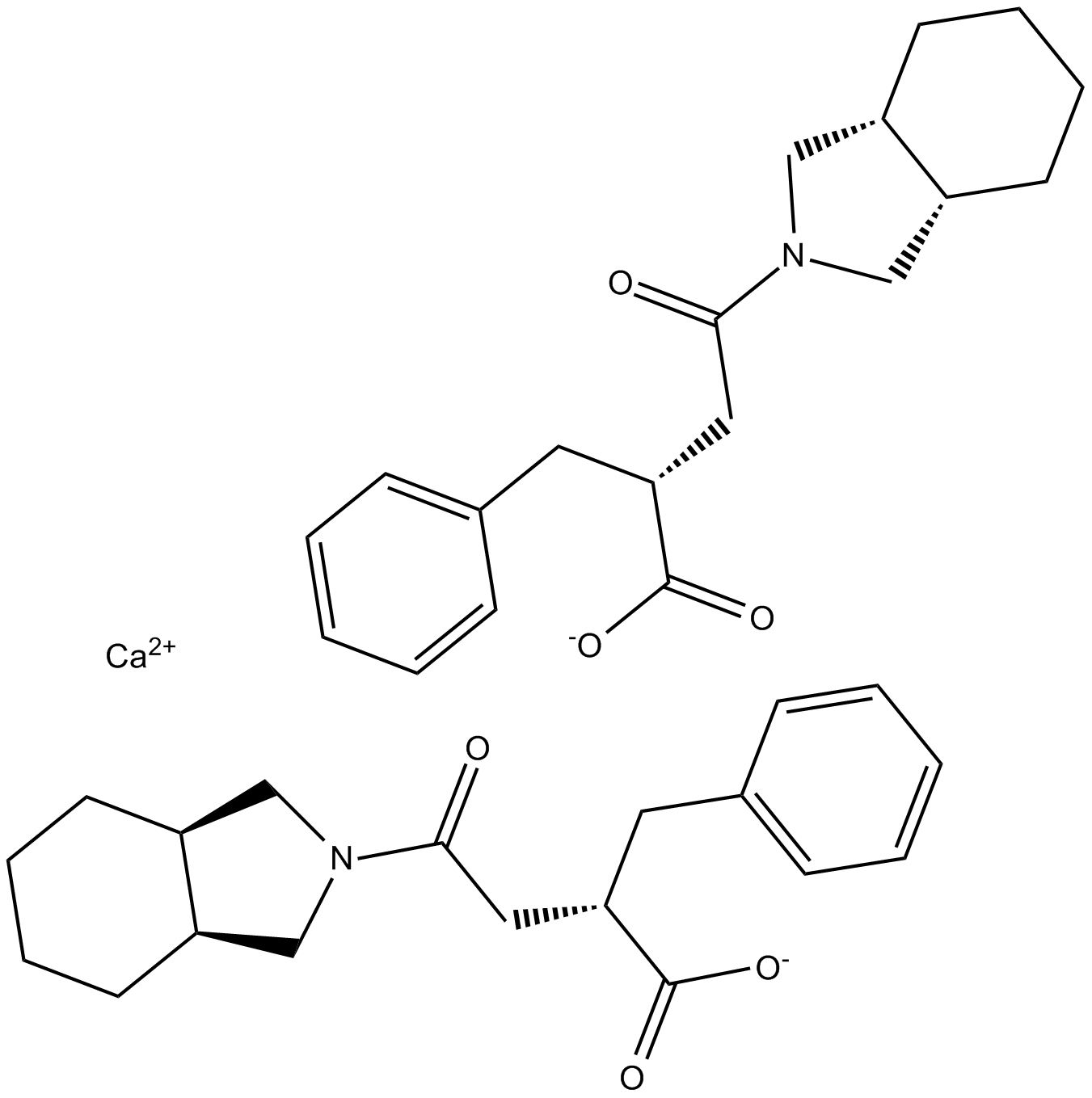 B2193 Mitiglinide CalciumTarget: Inward Rectifier Potassium (Kir) ChannelsSummary: Potassium channel inhibitor
B2193 Mitiglinide CalciumTarget: Inward Rectifier Potassium (Kir) ChannelsSummary: Potassium channel inhibitor -
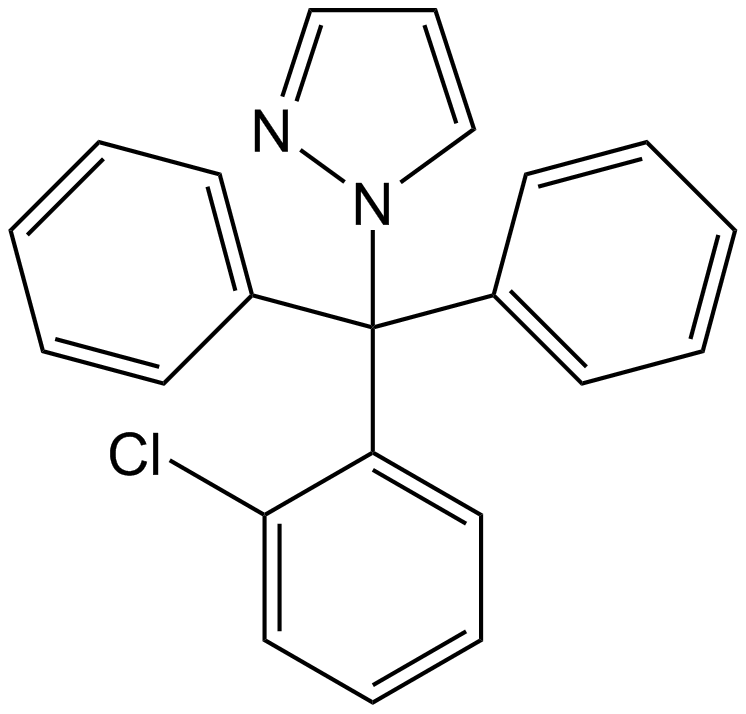 A1888 TRAM-34Target: Calcium-Activated Potassium (KCa) ChannelsSummary: KCa3.1 blocker,potent and highly selective
A1888 TRAM-34Target: Calcium-Activated Potassium (KCa) ChannelsSummary: KCa3.1 blocker,potent and highly selective

